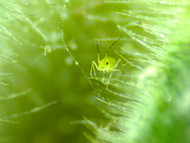Zeiss Stemi 305 Stereo Microscope Images
Oct 31st 2017
The Zeiss Stemi 305 stereo zoom microscope is used for a variety of applications including educational lab work, botany, zoology, mineralogy, geology, veterinary medicine, PCB electronics, entertainment electronics, micro technology including manufacturing, inspection and repair of thick film or hybrid circuits, car industry inspection and dental lab inspection.
 The Stemi 305 has a variety of illumination options including brightfield, one-sided darkfield, oblique light, spot illumination, and a segmentable ringlight.
The Stemi 305 has a variety of illumination options including brightfield, one-sided darkfield, oblique light, spot illumination, and a segmentable ringlight.
The flat transmitted light base has a lever to easily switch frombrightfield to darkfield illumination (shown). And a tiltable mirror base allows for brightfield, darkfield and oblique light illumination. Reflected illumination from the LED spot K is zoomable and height adjustable, for oblique and grazing light illumination with strong shadows.
Reflected illumination from the LED spot K is zoomable and height adjustable, for oblique and grazing light illumination with strong shadows.
The double spot arm gooseneck provides variable oblique
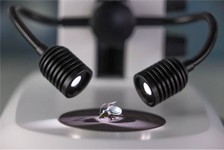
illumination. A segmentable ring light can help reduce glare and shadows on shiny objects. The single spot illumination is height adjustable for a strong 3D impression. In the lowest position it delivers a grazing light that enhances fine structures on flat surfaces via hard shadows.
Below are images of snails that were captured under the Zeiss Stemi 305 stereo microscope at the same magnification using different illumination techniques for comparison.
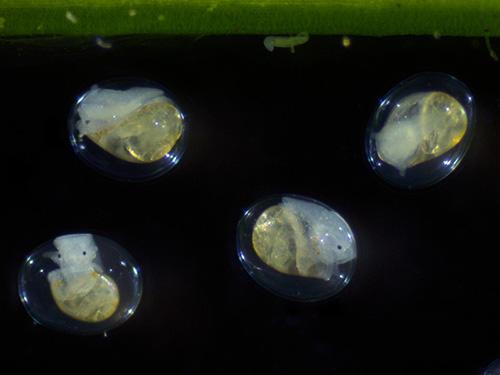
These are snails under the stereo microscope using the gooseneck reflected light illumination.

These are the same snails under the Zeiss Stemi 305 microscope using both reflected and transmitted illumination.
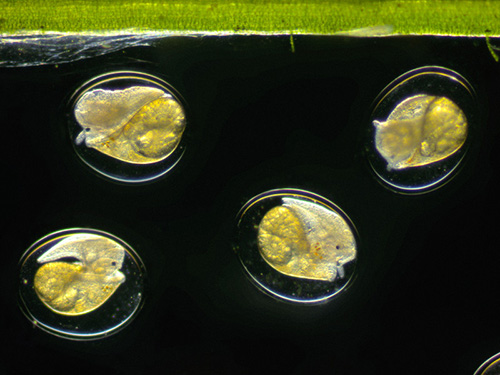
Snails under the Zeiss Stemi 305 stereo microscope using transmitted light darkfield illumination.
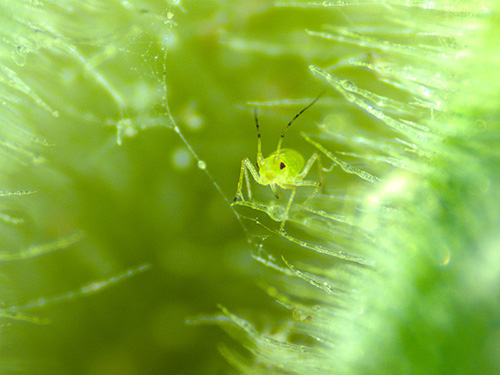
This is an aphid captured under the Zeiss Stemi 305 stereo microscope using a ringlight for illumination.
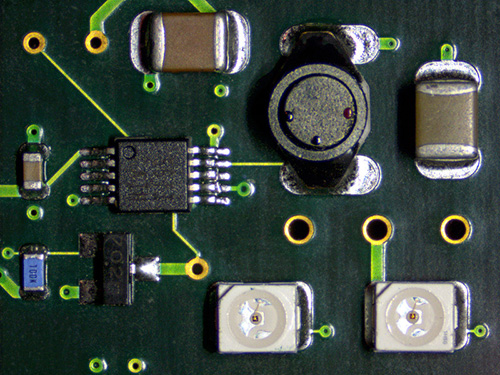
This is a circuit board captured under the Zeiss Stemi 305 stereo zoom microscope using the segmentable ringlight for illumination.
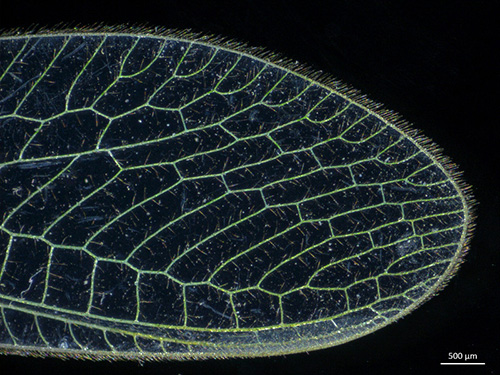
This is a green lacewing captured under the Zeiss Stemi 305 stereo microscope using darkfield and the spot illumination. The green lacewing are common pest inhabitants of North America and feed on nectar, pollen and aphid honeydew.
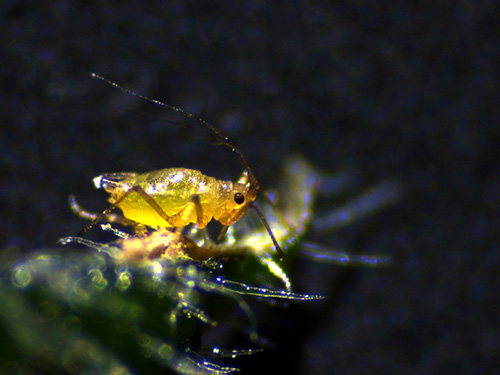
This is an aphid captured under the Zeiss Stemi 305 stereo microscope using only the spot illumination.
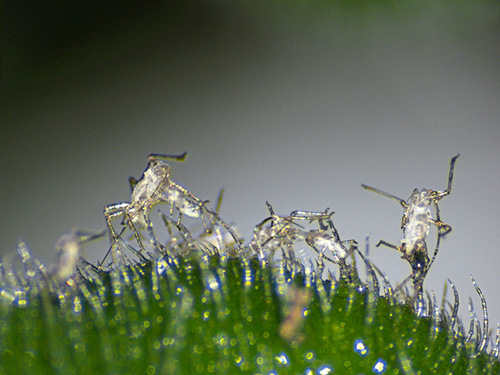
These are pests that were captured under the Zeiss Stemi 305 stereo microscope using vertical illumination.
If you have questions regarding the Zeiss stereo microscopes, using the various illumination options or capturing images with stereo microscopes contact Microscope World.

